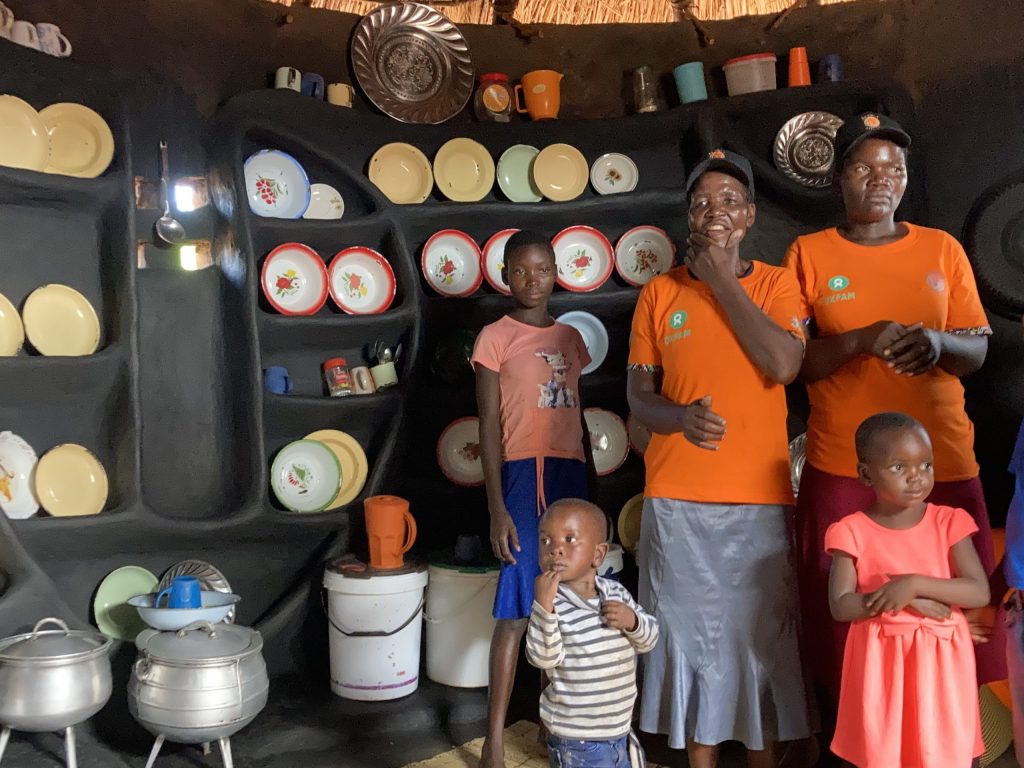Sustainability of CHCs

Sustainability means that ‘change’ lasts, and becomes the norm within an intervention area.
This manifests in two ways:
1. The Community Health Club itself becomes a permanent part of village structures.
2. The changes to an individual, as a result of the activity in the CHC, become a permanent part of that persons behaviour.
Sustainability of the CHC as a Structure within the area
In 2009, a number of Community Health Clubs were started wards 1- 7 in the urban high density suburbs of Masvingo Town. The training was done and 480 members graduated, but Africa AHEAD did not stay in the area after the end of the hygiene promotion period.
12 years later (2022) Africa AHEAD was invited by the Chief Environmental Health Officer, who was amazed at the long term sustainability of the CHCs, to come and hear the outstanding success story of how these CHCs had become an important part of the community structure on the ground, providing Council with a reliable linkage to residents in high density areas. He said, ‘This structure gives Council a way of communicating with citizens when there is a health challenge such as Covid. They help by visiting and talking in schools to spread good messages to everyone.’
Sustainability of Hygiene Behaviour Change for Life
The 2nd way to measure sustainability, is if the training within a CHC has affected the behaviour of a person which will be maintained as an ongoing habit. If this happens the immediate goal of the training has been achieved. This can be measured by proxy indicators, such as the level of effort invested in hygiene facilities such as the kitchen or the toilet. If these facilities have been kept clean and decorated to high levels this a strong indication that the person has ‘changed for life.’ If such a kitchen or toilet is destroyed, or if they move to another area, the changes are that these facilities will be rebuilt to the same standard.
Visits to CHC household in Zimbabwe invariable amaze a visitors and most households have beautifully decorated kitchens, with dedicated shelving, and many plates and cups so that each person has their own, the drinking water is well stored in clean and sealed containers. In such a home one can expect hygiene standards to be maintained. This is sustainability.
A recent tour of CHC in remote areas of Mwenezi showed this revived cultural practise was the norm in this area.

